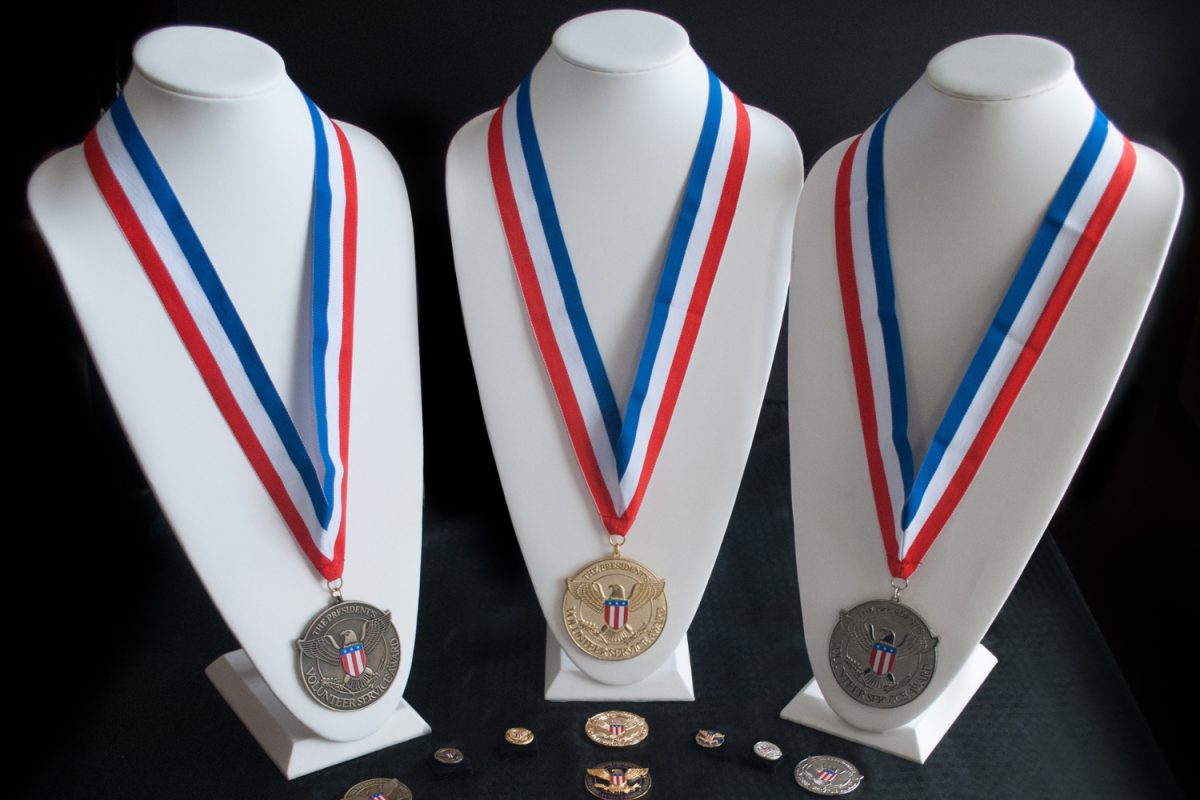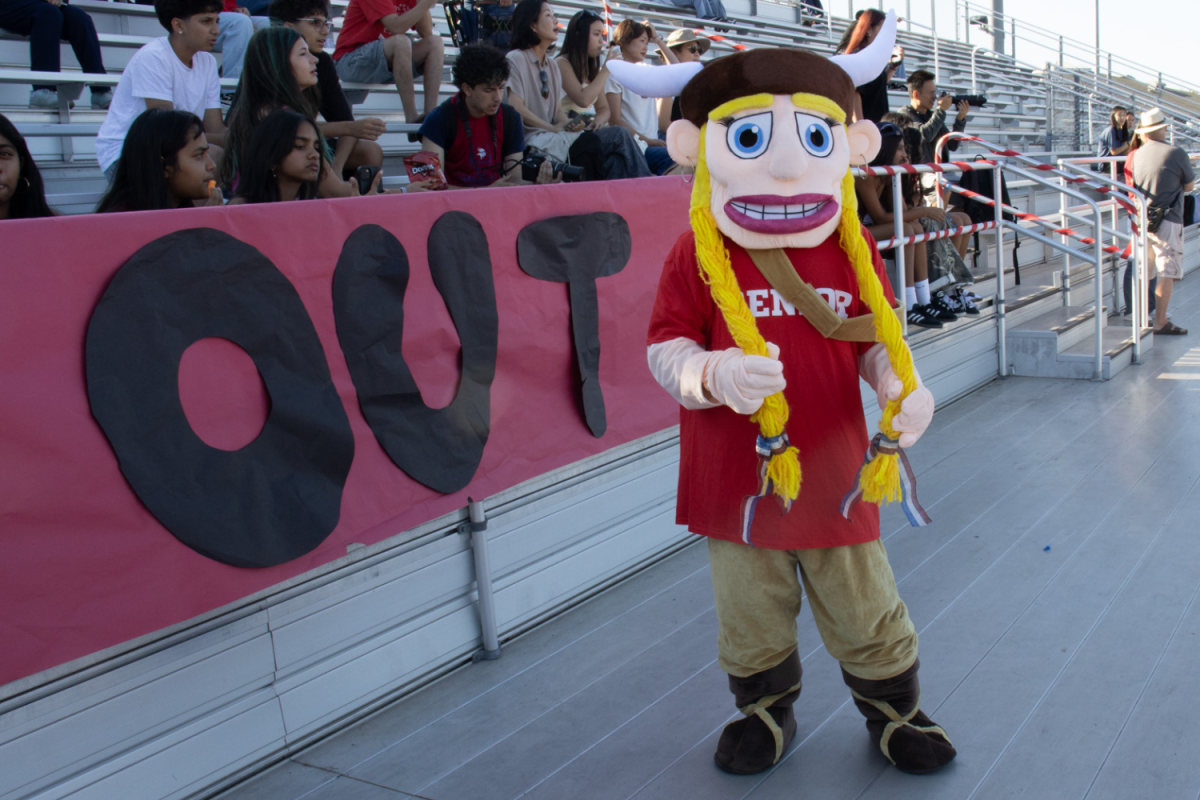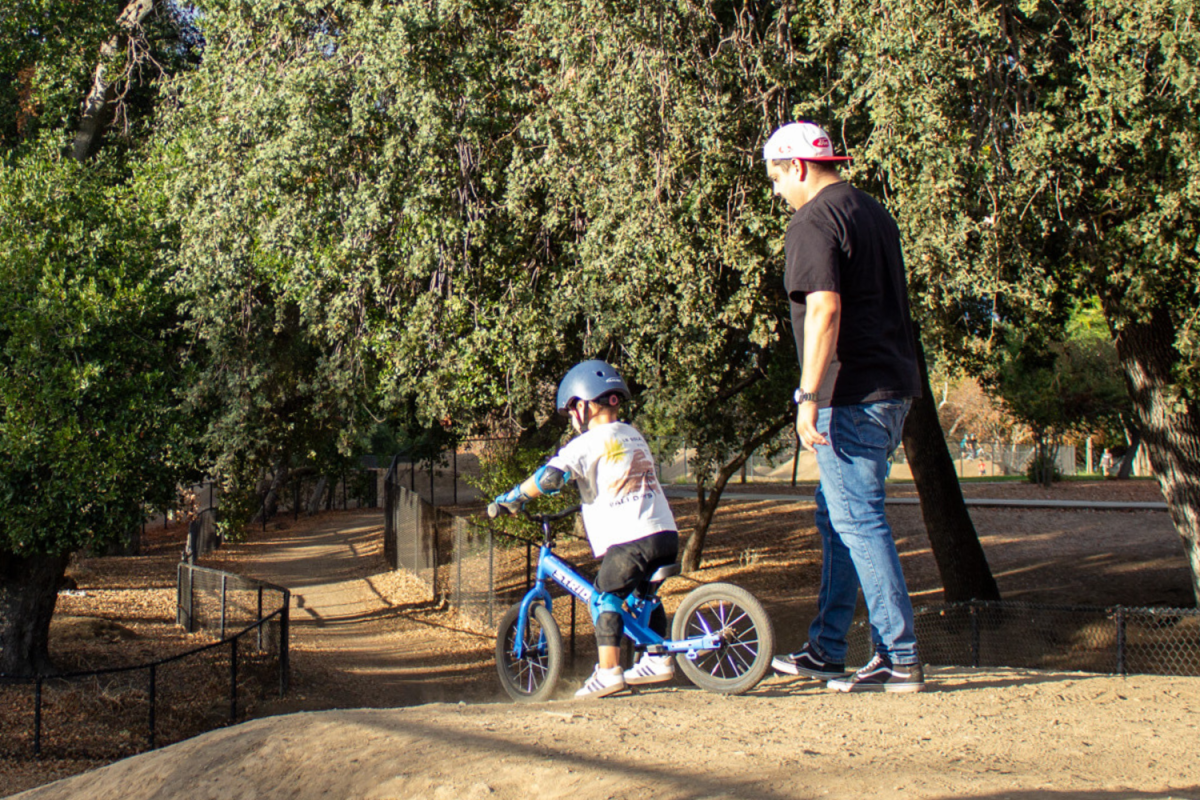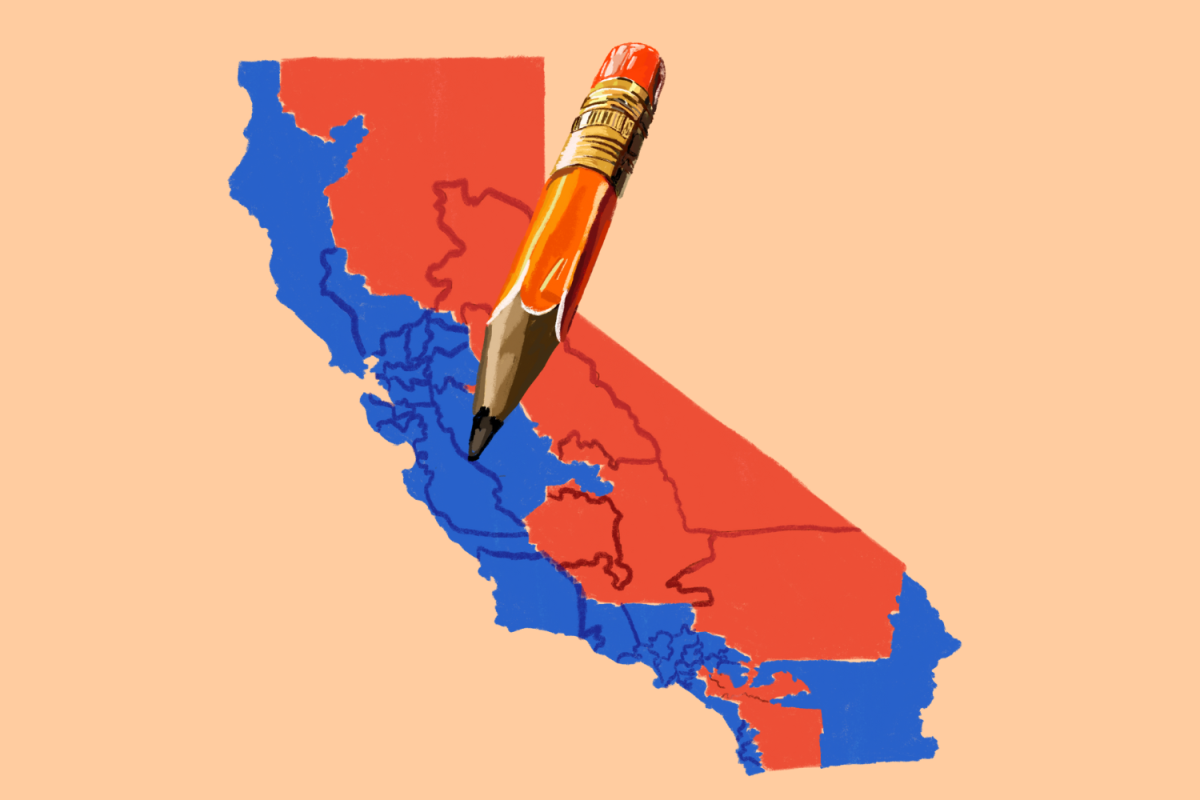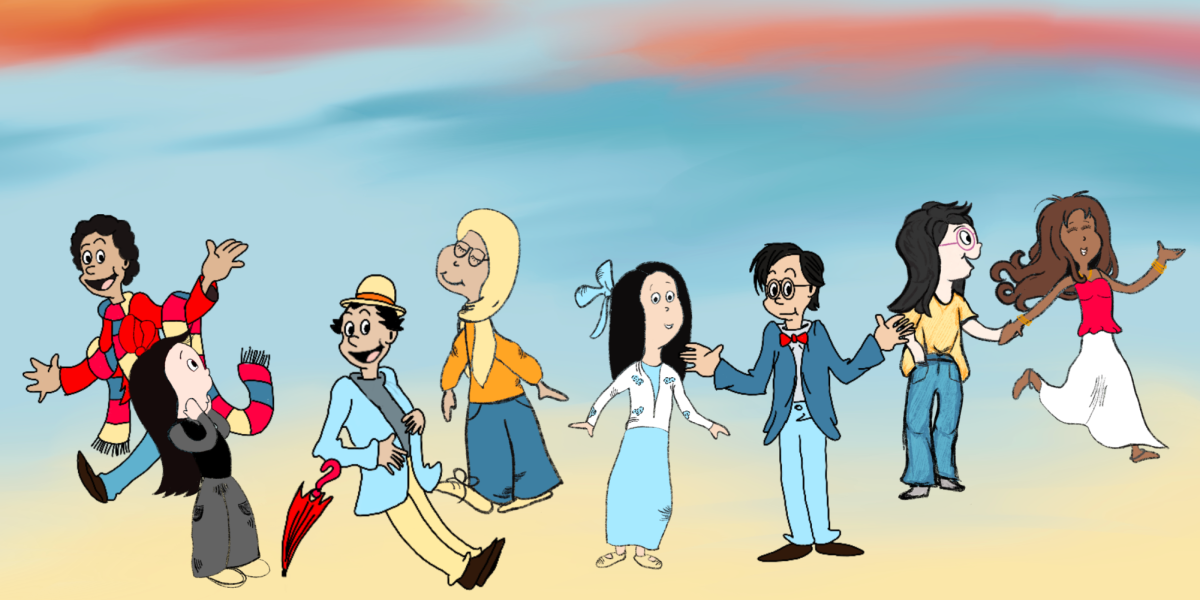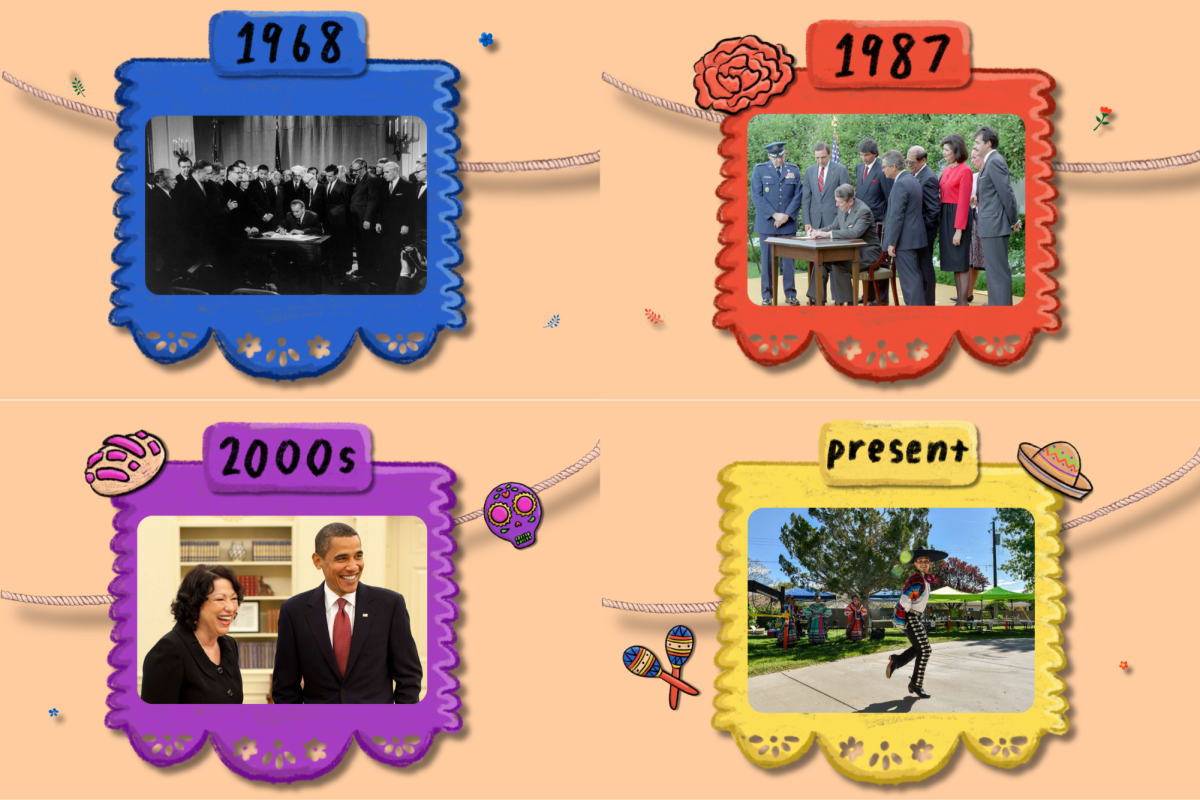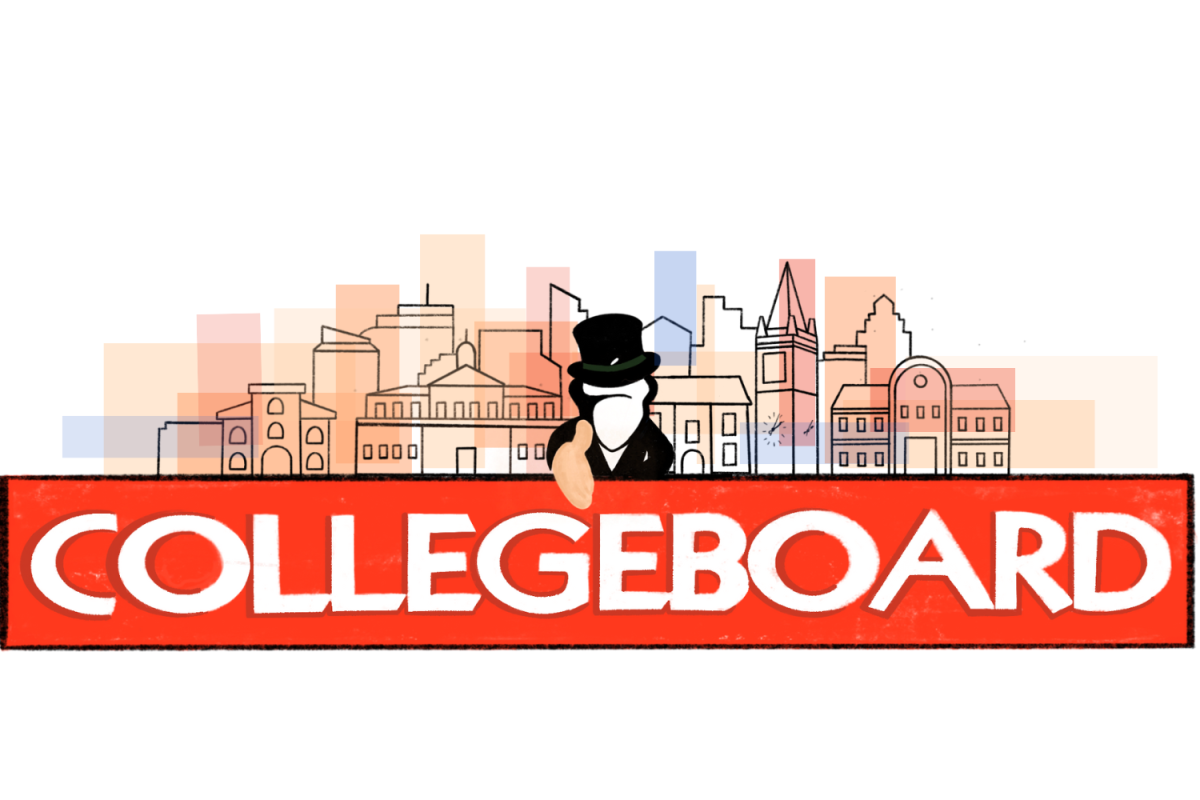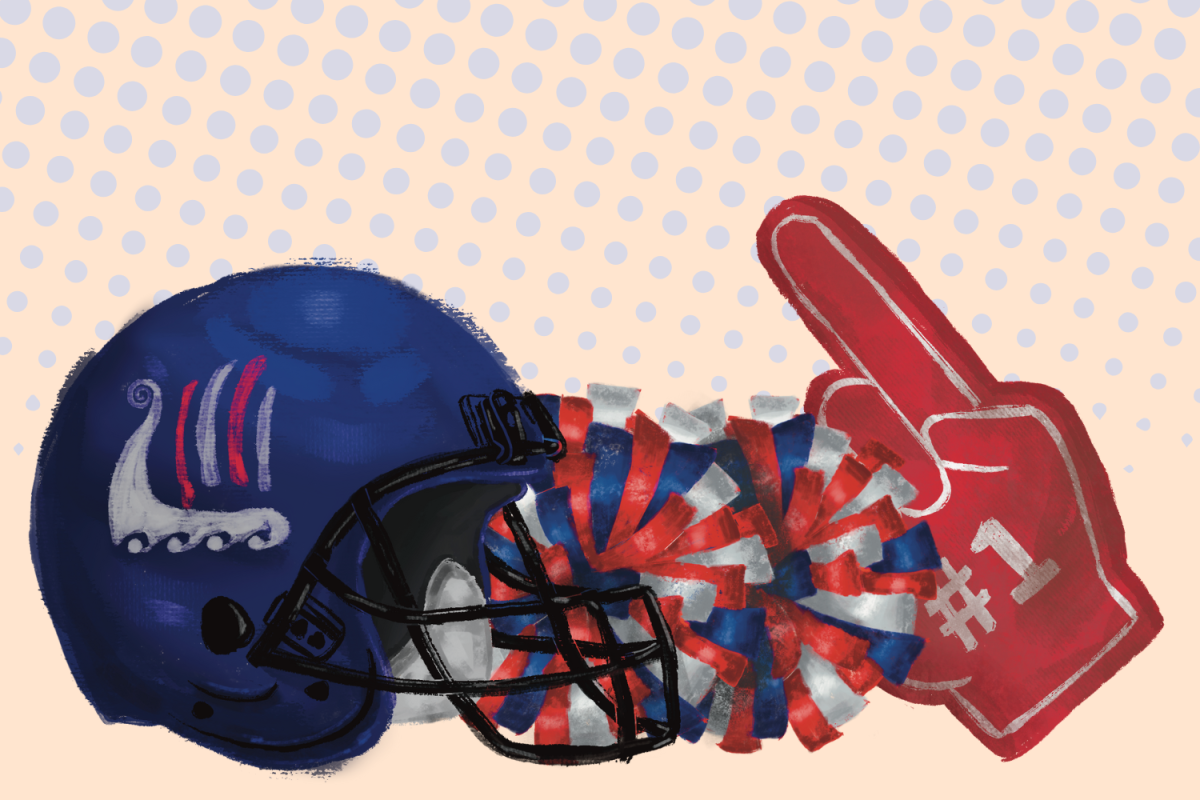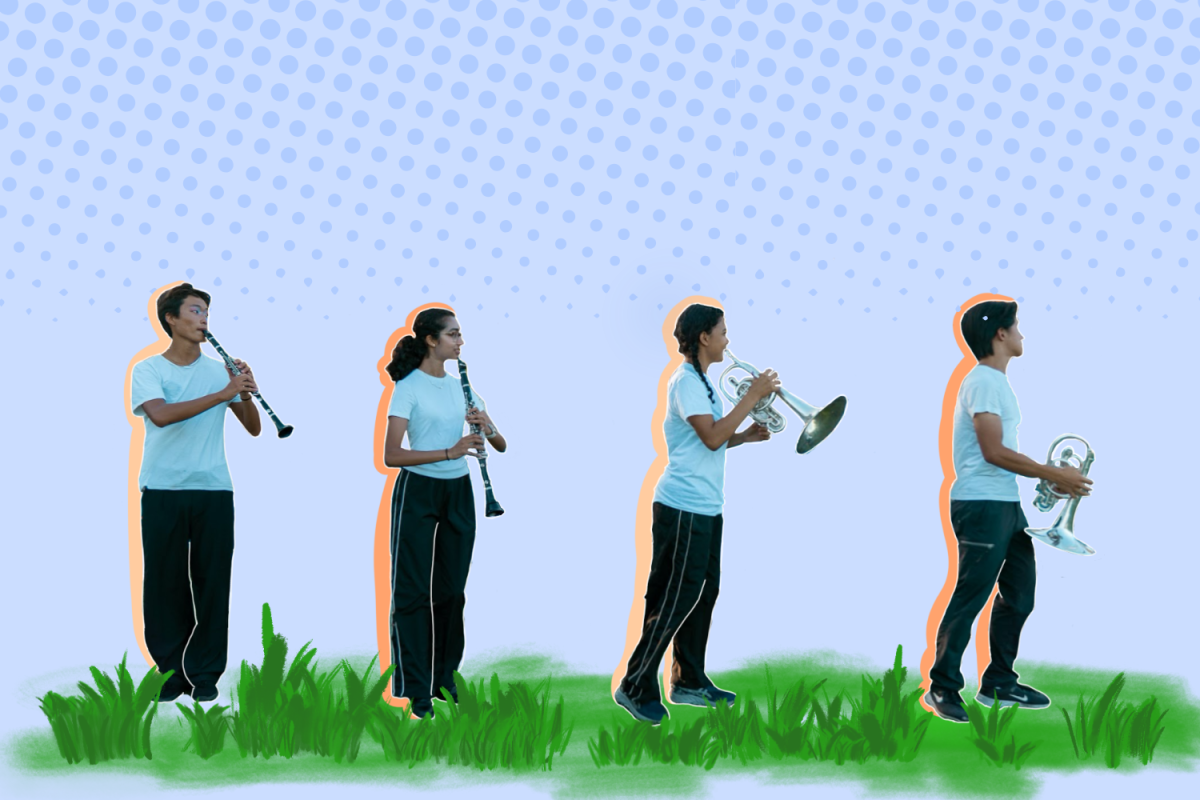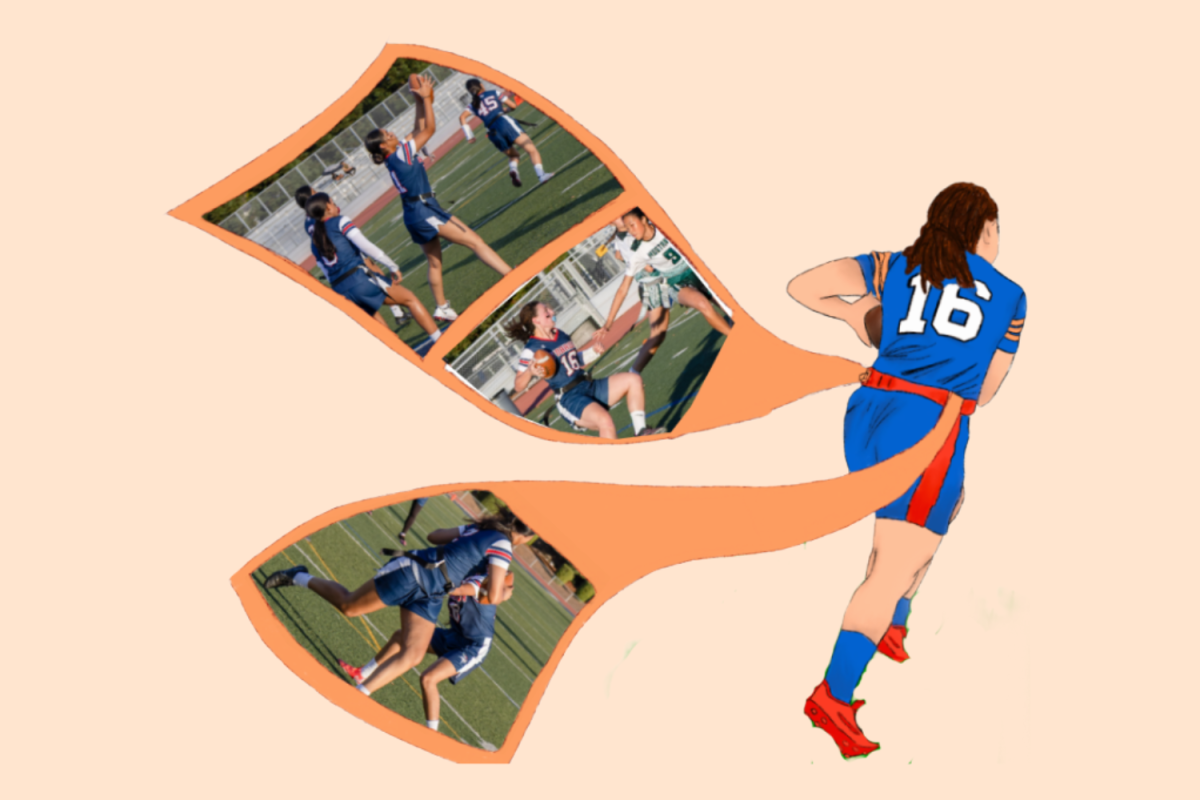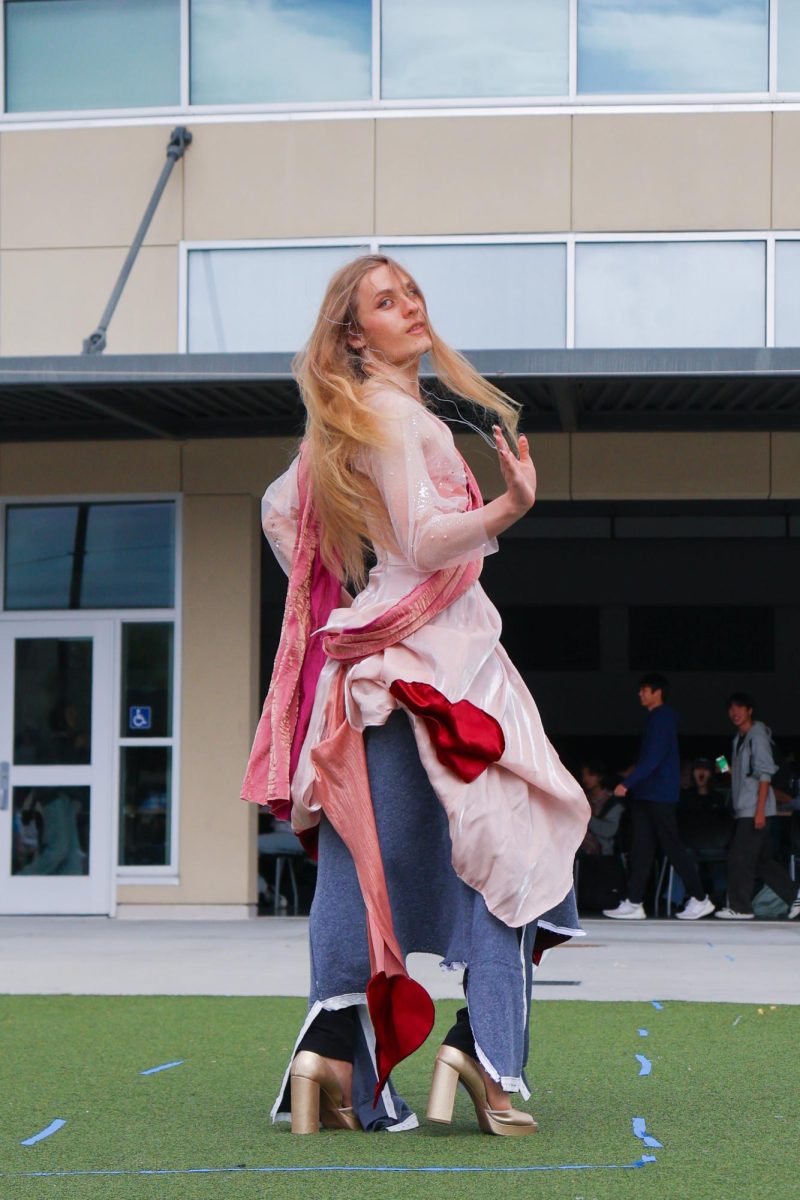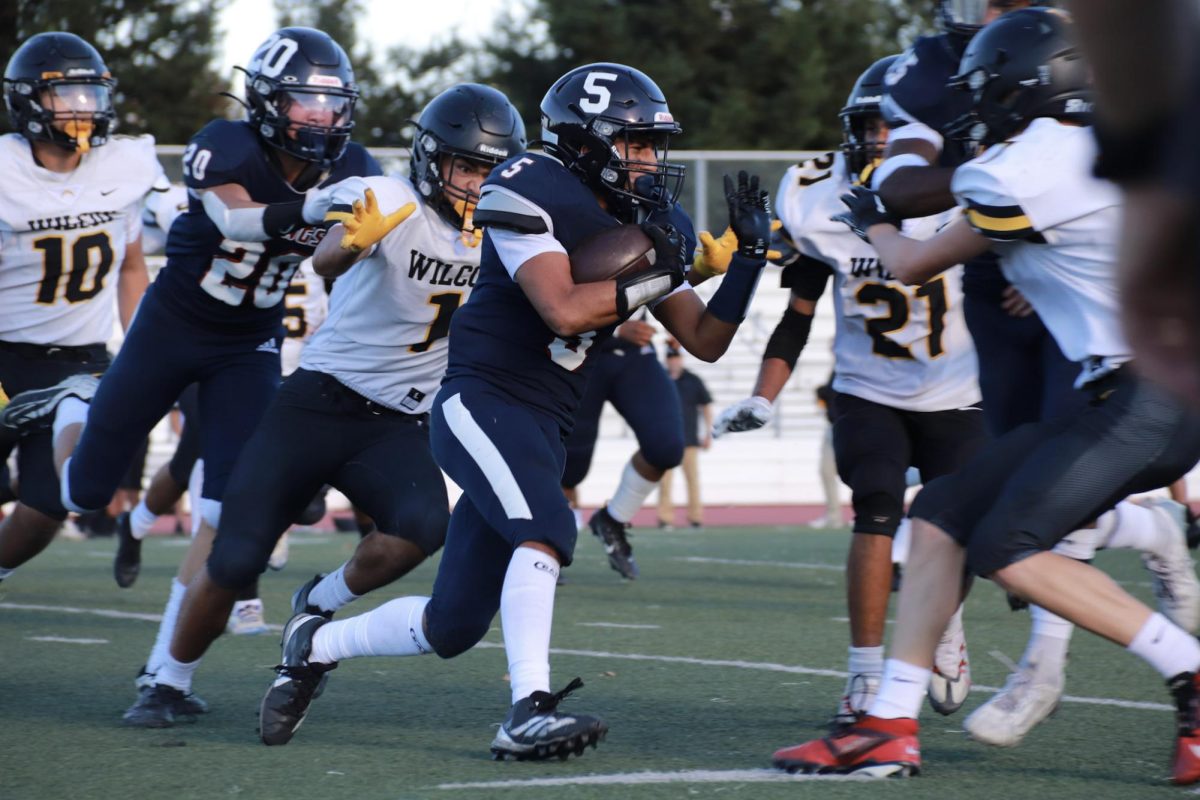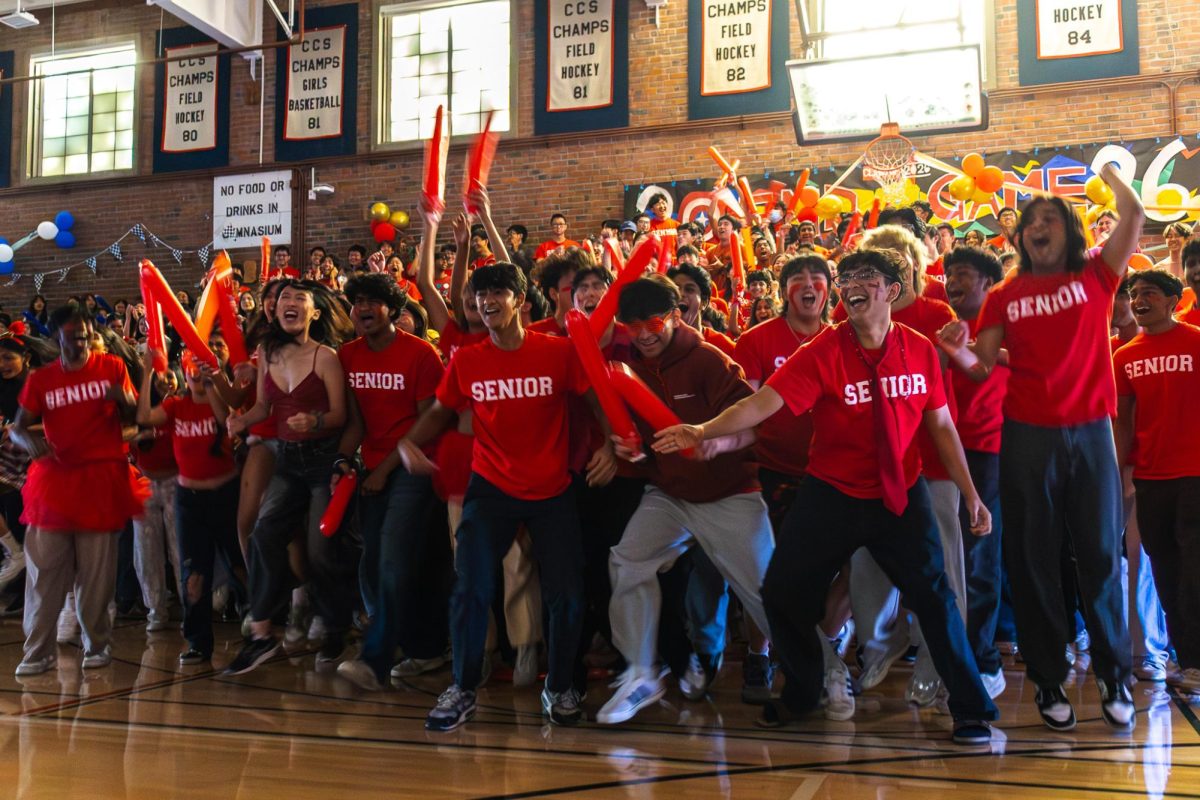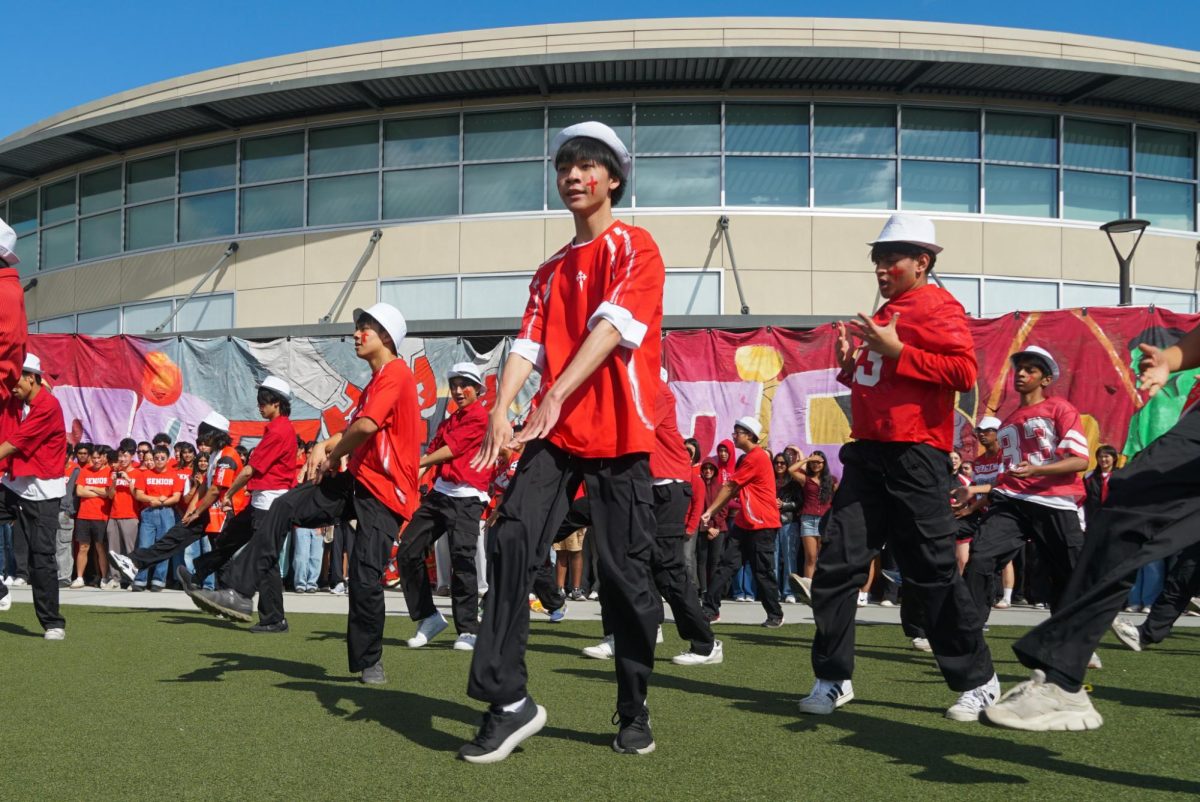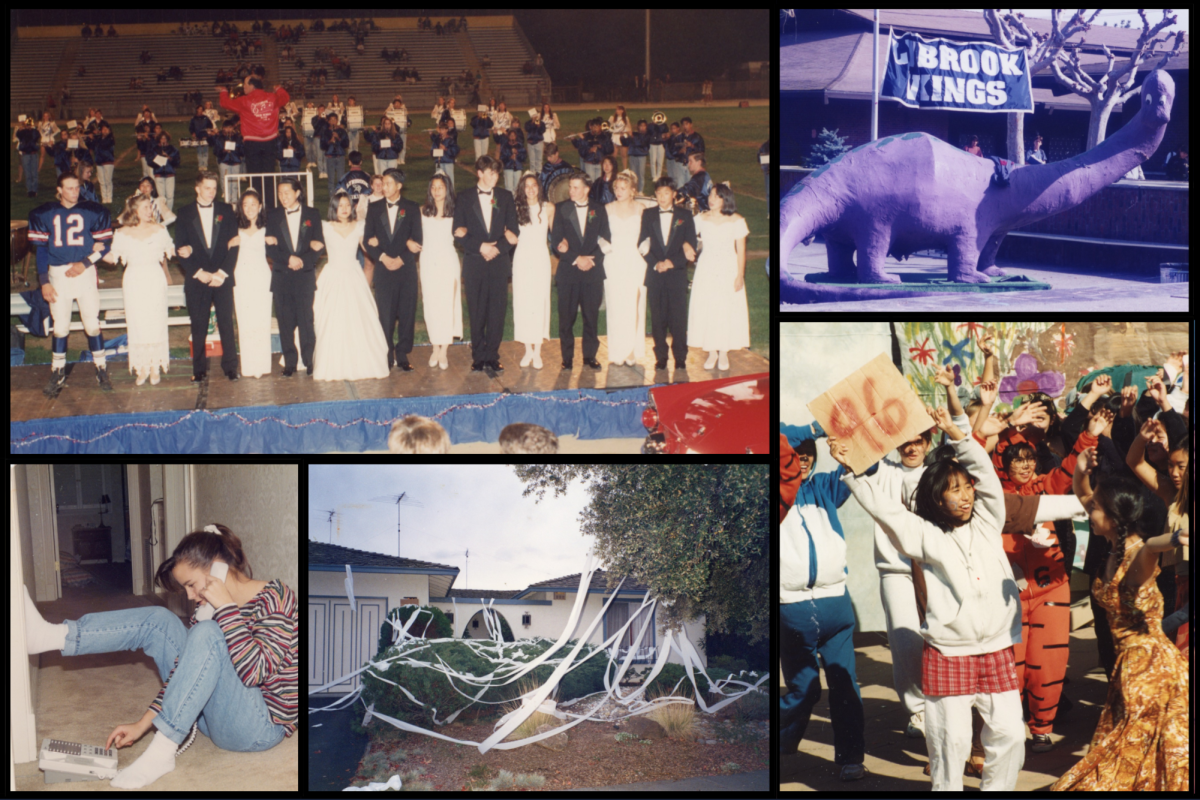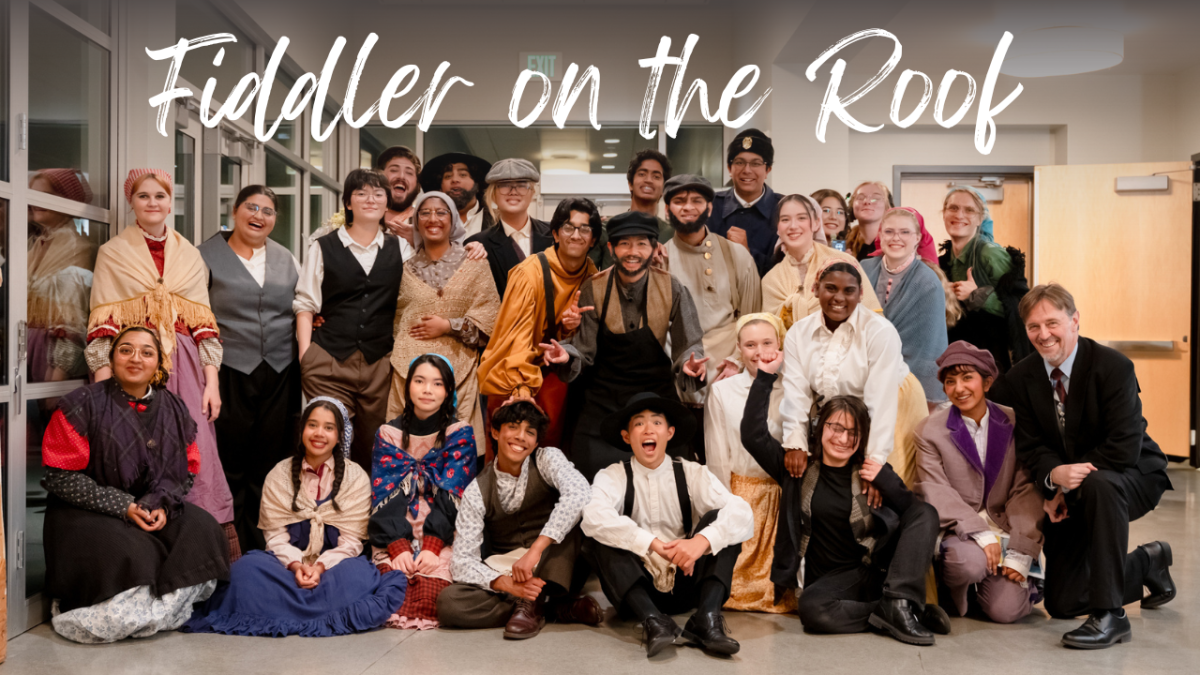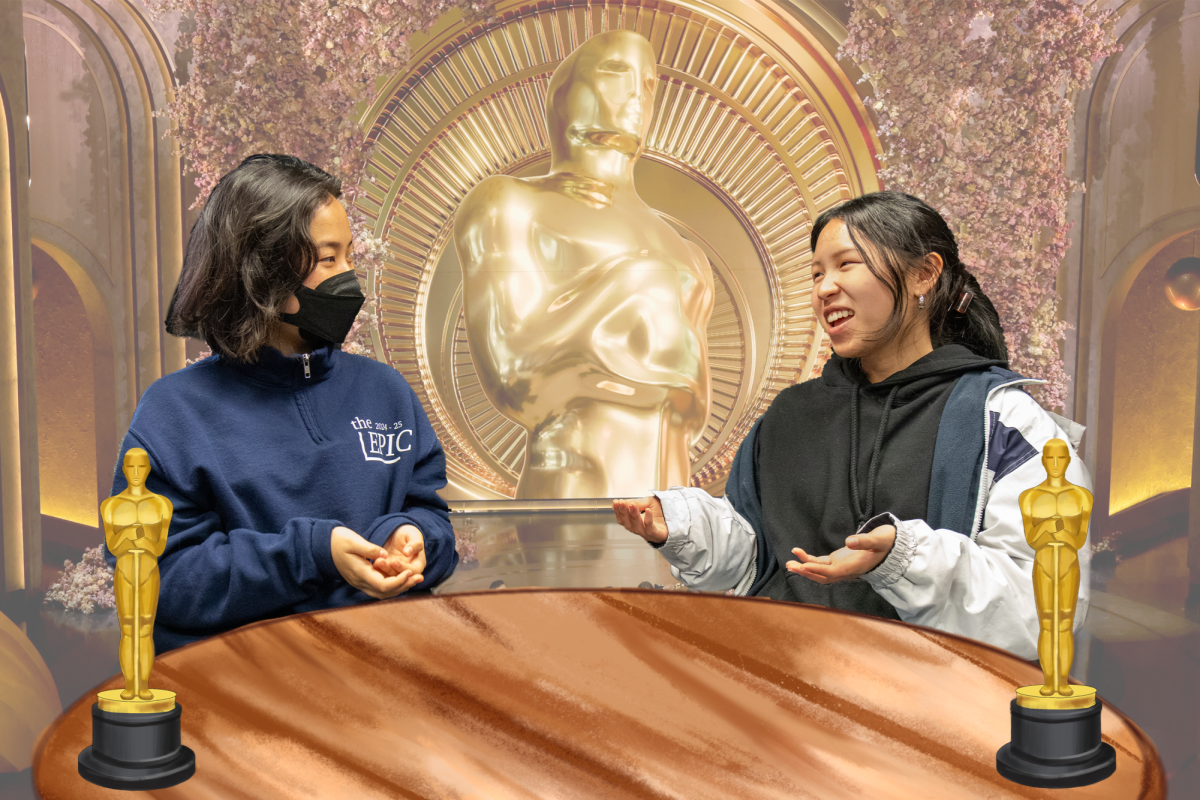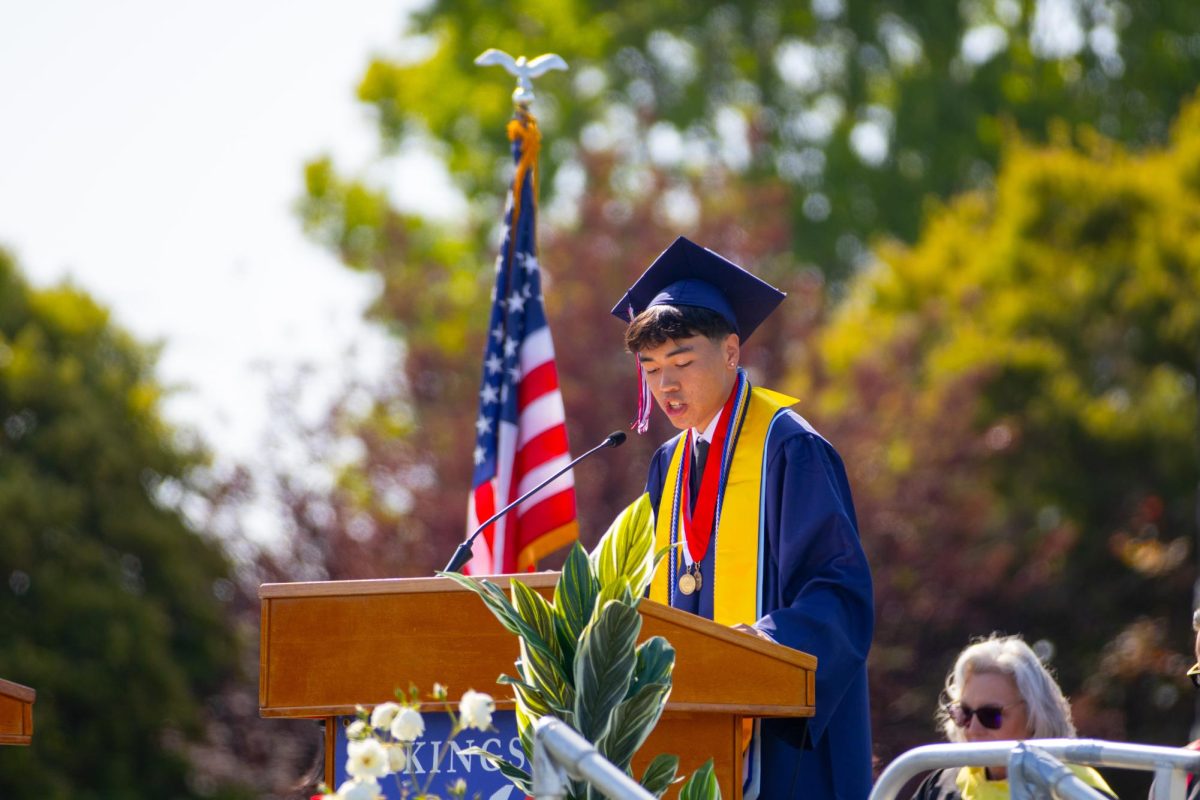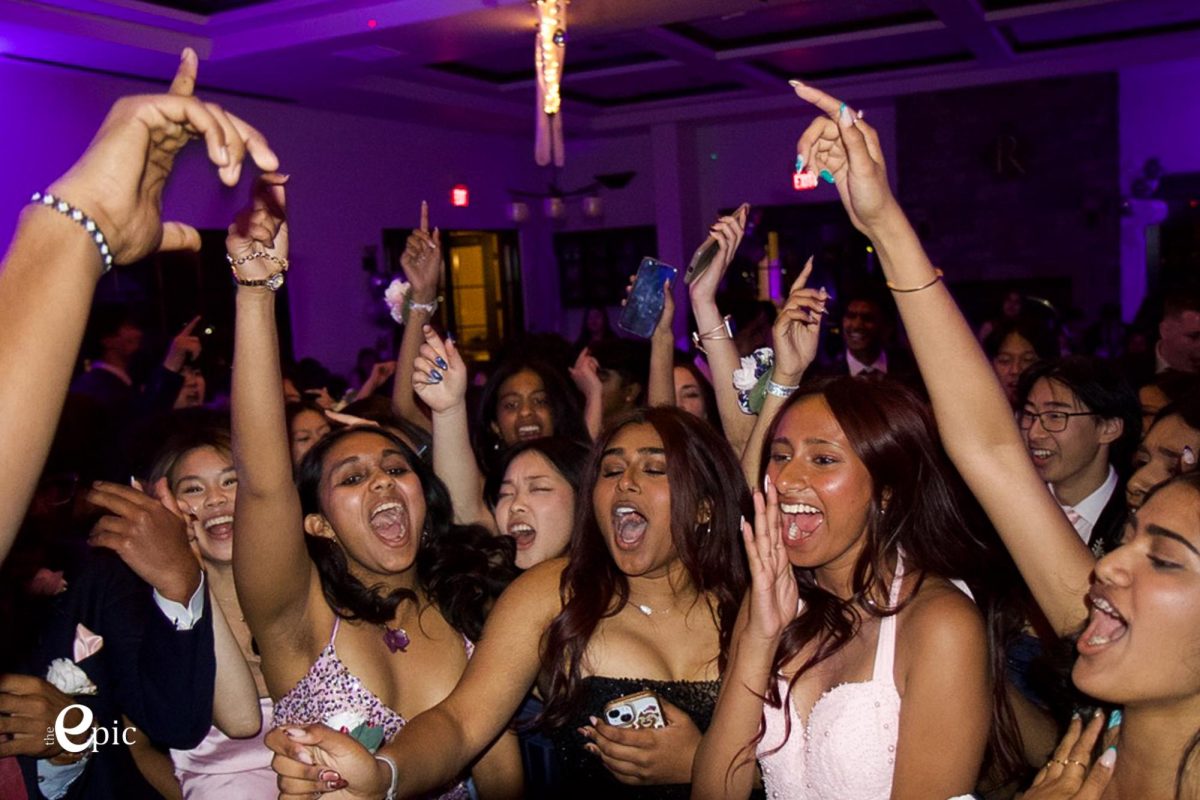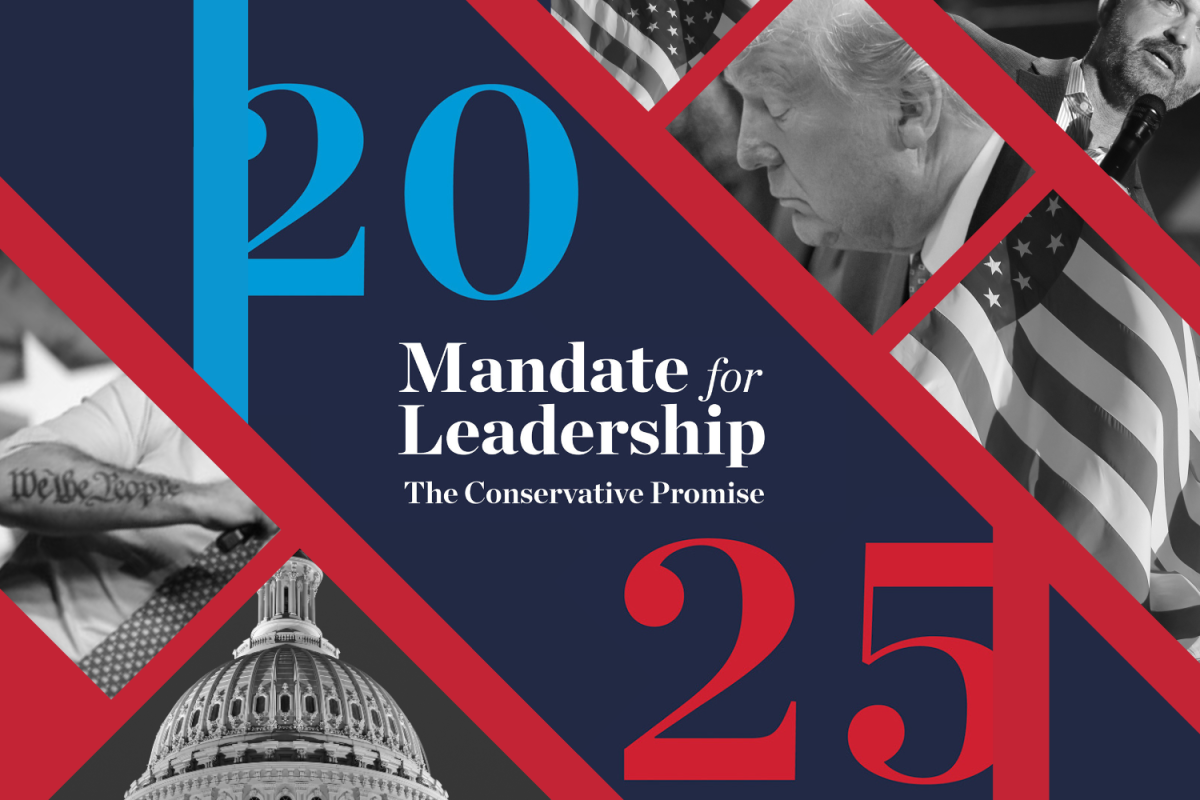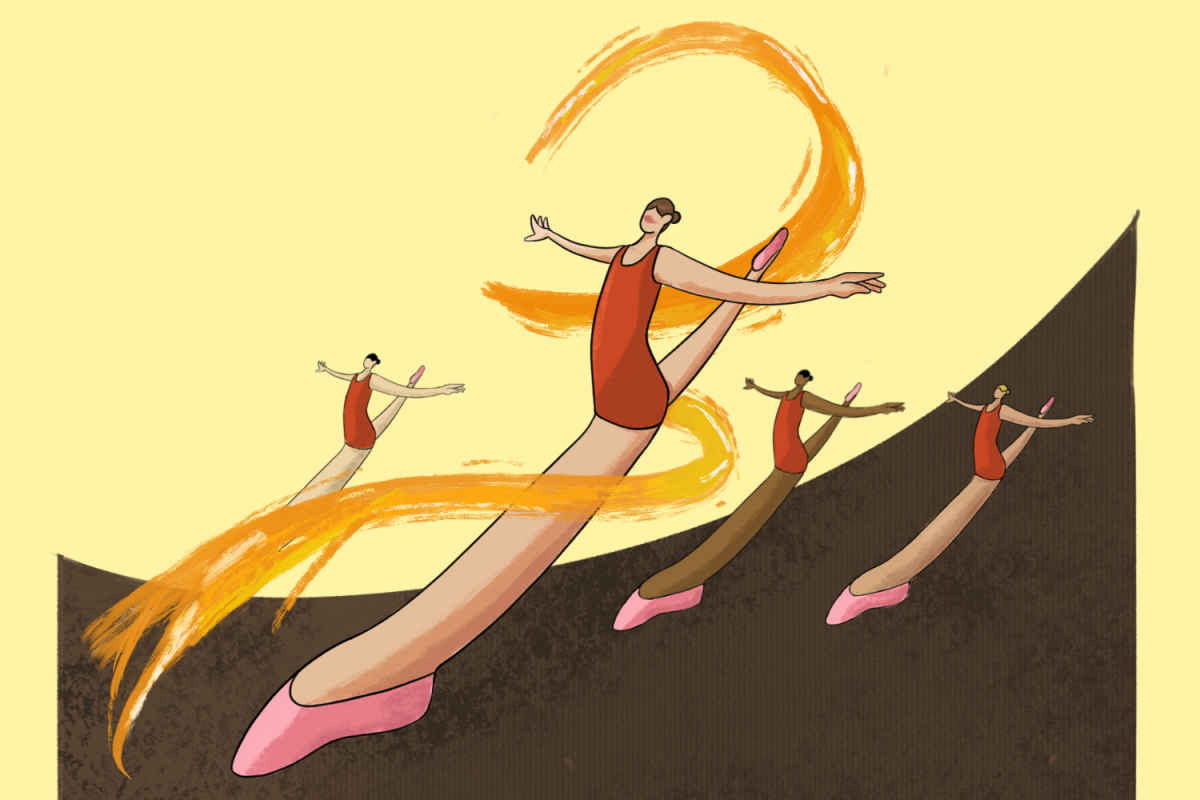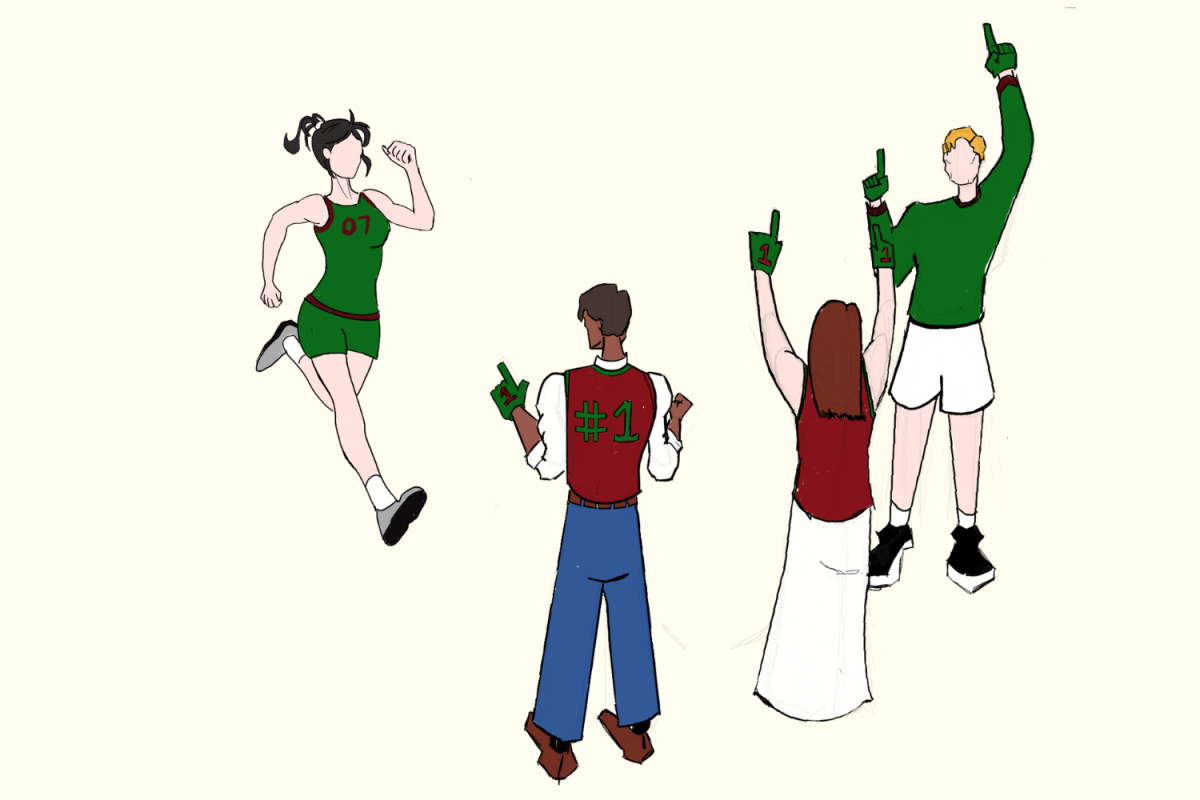Young players huddle in the center of the baseball field, adjusting their too-big helmets and worn cleats while they strategize about the next inning and encourage each other. Proud parents fill the bleachers and excitement pervades the air as the sun casts a warm glow onto each athlete. Although youth sports have evolved from pastime activities into gateways to success, they have remained an integral part of American children’s lives.
The early days of youth sports
1850s – 1900s:
Youth sports culture in the United States developed when states started to mandate school attendance in the mid-19th century. At first, youth sports were purely entertainment during breaks in a student’s schedule. Although these games were informal, teams were established and matches played according to the sport’s rules.
Prominent organizations encouraging young people to pursue active lifestyles, such as the Young Men’s Christian Association founded in 1844, aided the growth of youth sports and simultaneously built a tighter sense of community among the youth and their families.
“Although it wasn’t super competitive, going to the YMCA fostered my love for sports along with cementing fundamental skills for playing sports in the future,” freshman Justin Jung said.
Youth sports go public
1900s – 1950s:
The Great Depression dealt a significant blow to publicly funded youth sports, leading to the rise of “pay to play” leagues in the 1930s, requiring fees for participation. During the 1920s and 1930s, more interscholastic youth sports leagues were established characterized by strict training regiments.
In 1939, Carl Stotz founded Little League Baseball and Softball, since then it has become the most recognizable youth baseball program in America, achieving international prominence. Today, approximately 2 million youth play Little League across all 50 states and in more than 80 countries.
“Little League helped me develop my skills while having fun,” junior and former Little League player Cameron Chao said. “It taught me how to be a good teammate and the importance of hard work.”
Pushing toward competitive play
1950s-2000s
During the 1940s to 1960s, youth sports continued to grow in popularity and competitiveness, alongside the spike in population after World War II. The Civil Rights Movement sparked discussions about equality, leading to the passing of Title IX in 1972, requiring gender equity in educational settings and programs, including youth sports. Title IX offered girls the opportunity to participate in athletics which were once exclusive to boys.
In the 1970s, the National Collegiate Athletic Association brought an increase in university scholarships for student athletes. Moreover, coaches became a guiding figure for the youth, improving the skills of the players, communicating with parents and guiding them to potential careers.
“Parents and players often expect the coaches to point out every little thing the players do wrong, but one of the first things my coach taught me was to depend on myself to make corrections and problem solve,” sophomore and table tennis player Justin Liu said.
Cementing into American culture: the lasting impact of youth sports
2000s – present:
Today, youth sports are among the fastest-growing athletic industries globally. Over 53.8% of youth aged 6 to 17 participate in sports, with youth leagues and teams ingrained in American culture. Schools often maintain long-lasting sports teams and traditions. At Lynbrook, 44 competitive teams represent a thriving athletic program.
Despite its widespread appeal, youth sports face challenges for their costly finances. Sports have become expensive due to continuous inflation, the cost exacerbating the economic divide, discouraging equity in sports. Despite these challenges, youth sports continue to offer significant benefits, including opportunities for exercise, teamwork and community building — skills essential in later life.
“The relationships you build in youth sports are extremely valuable,” physical education teacher Ray Wright said. “My coaches were like father figures, teaching me how to act right — to not throw fits when things don’t pan out, to shake other’s hands firmly and to look them in the eyes. These are lessons I’ve passed onto my own kids.”

